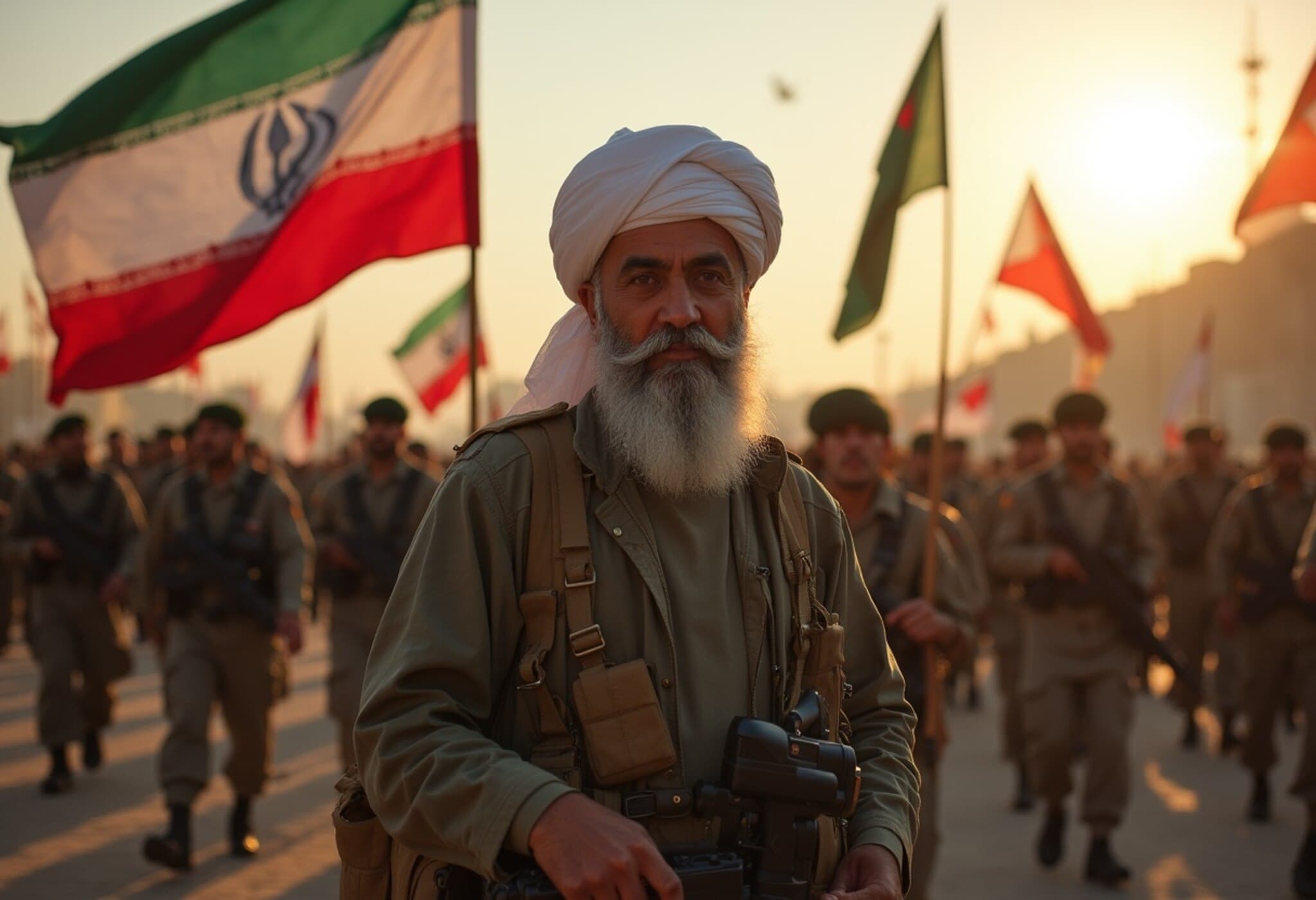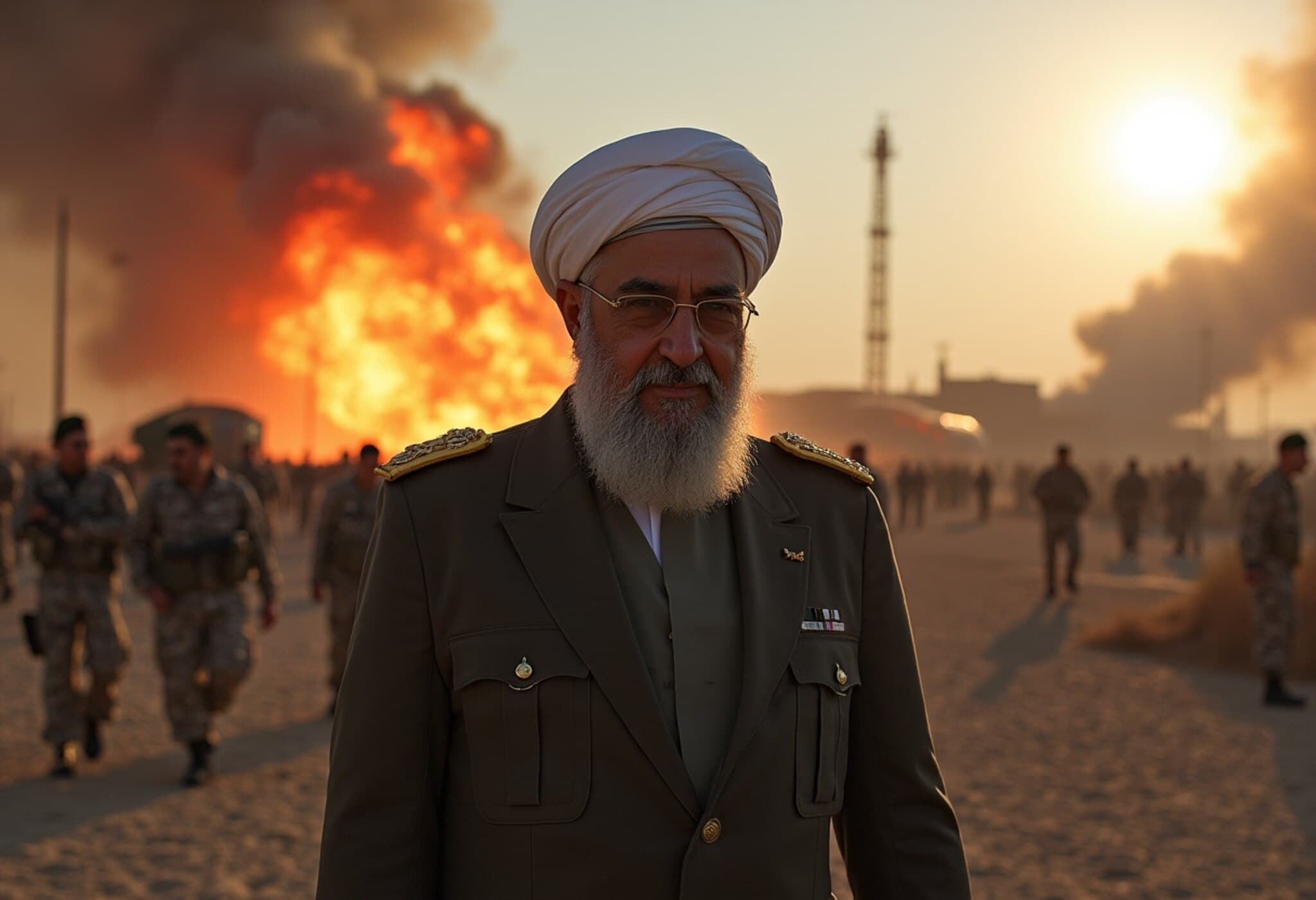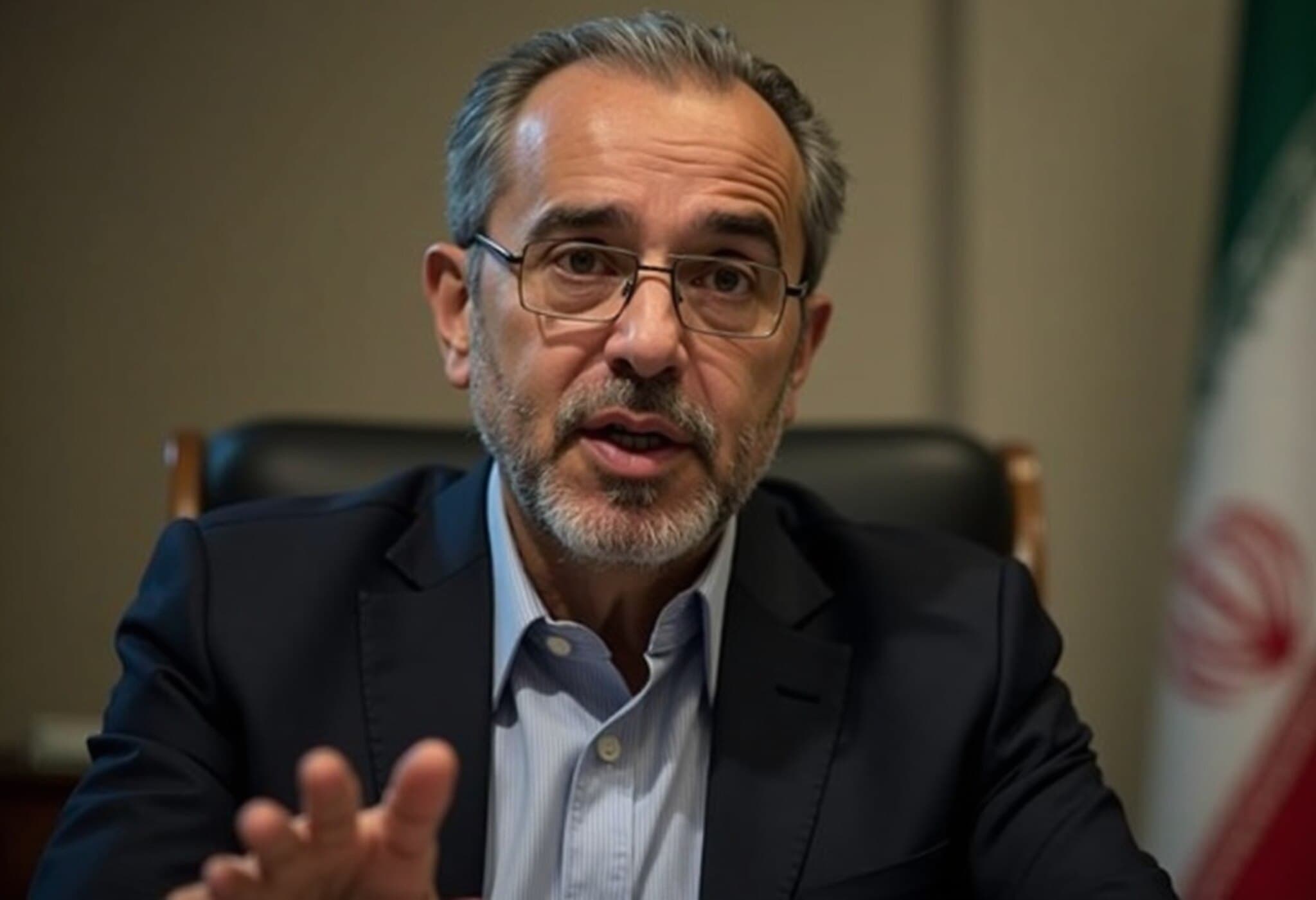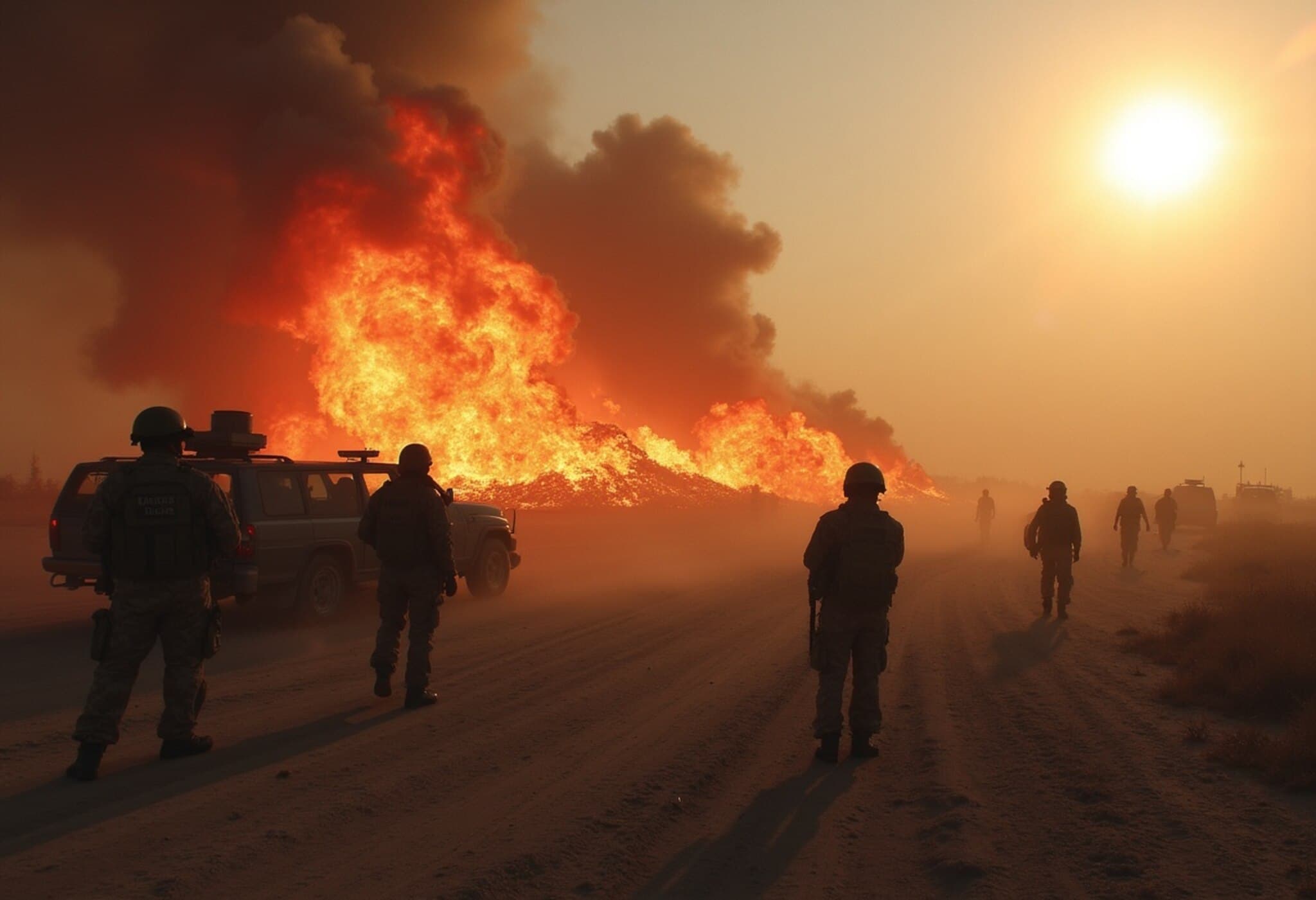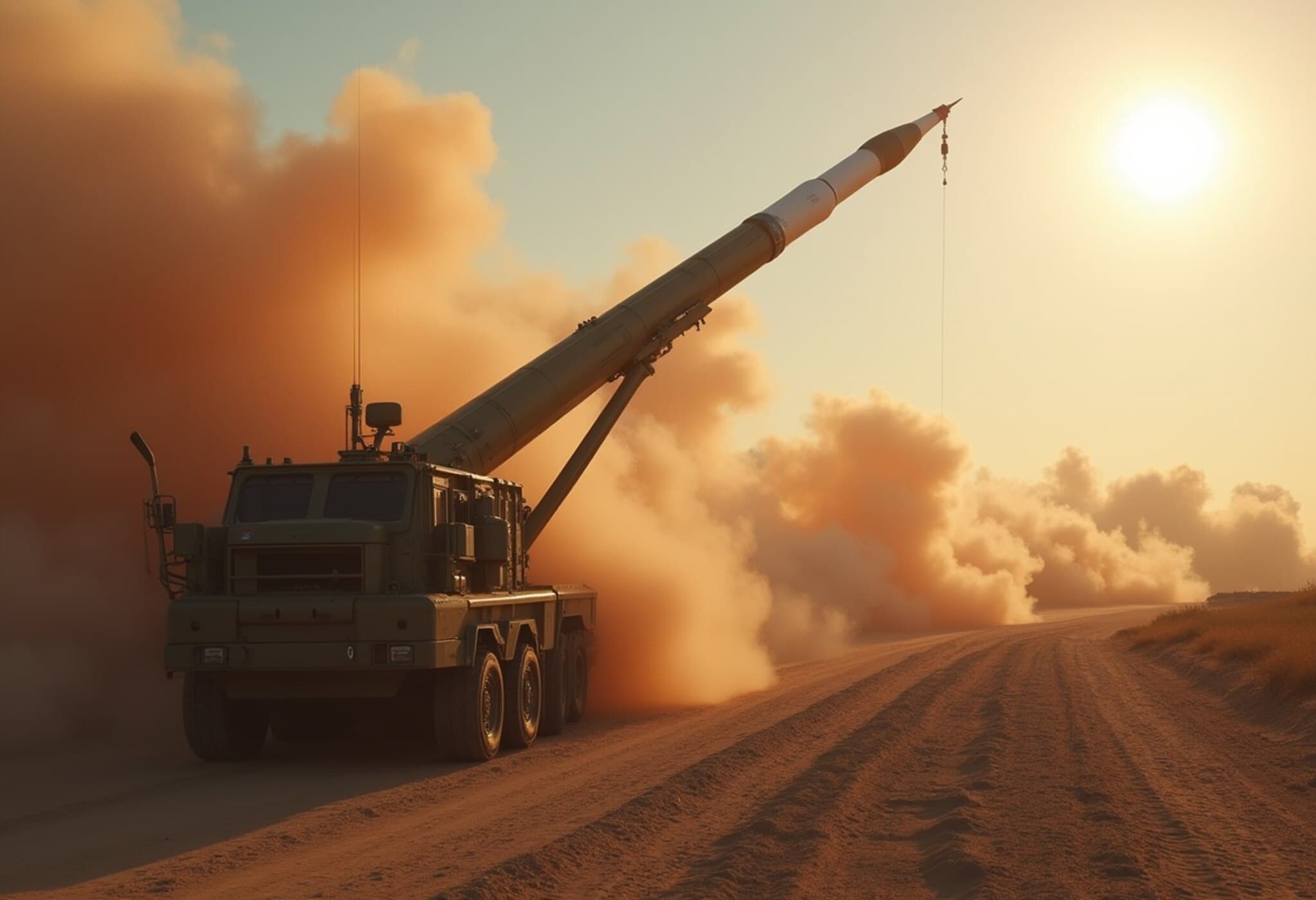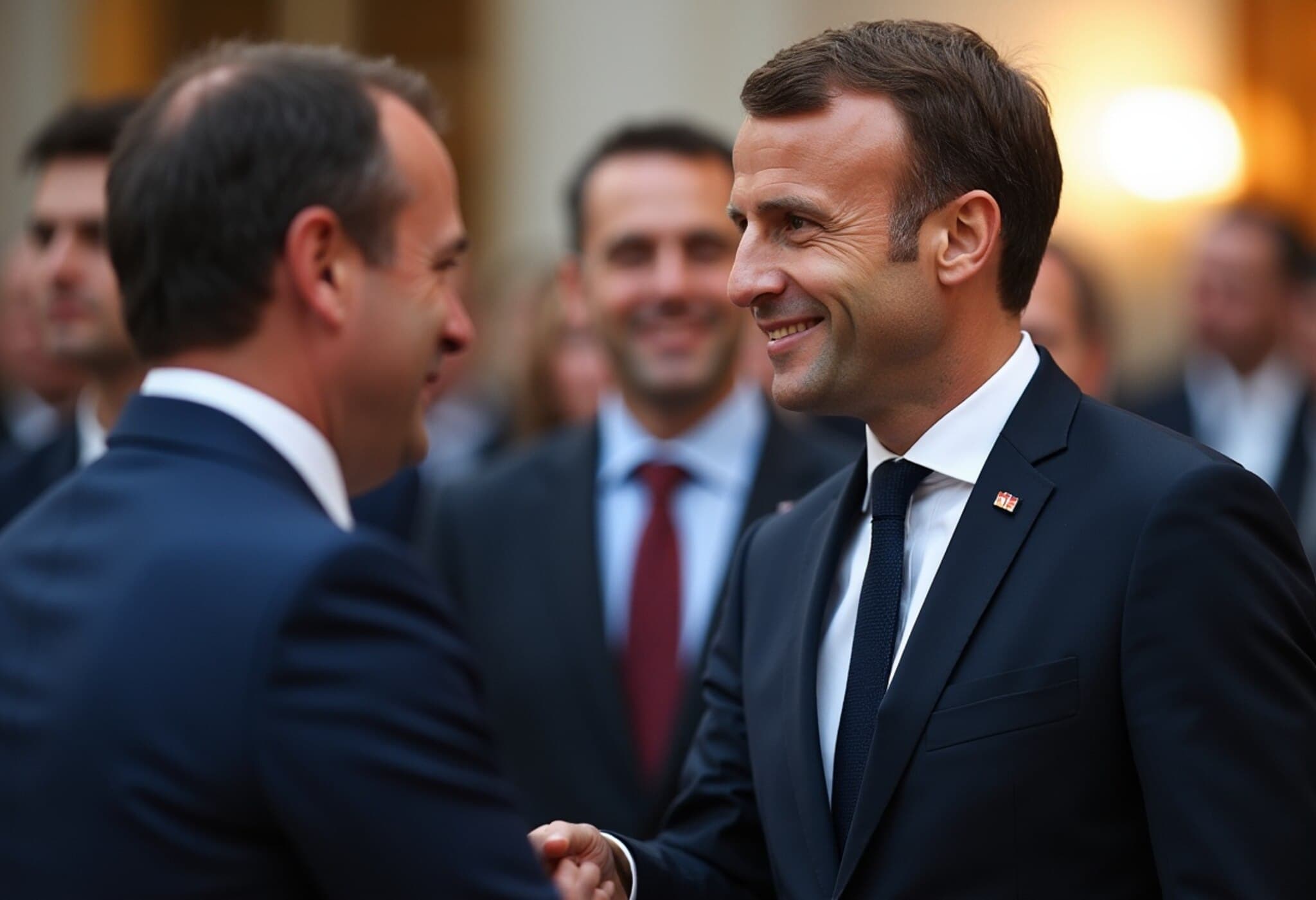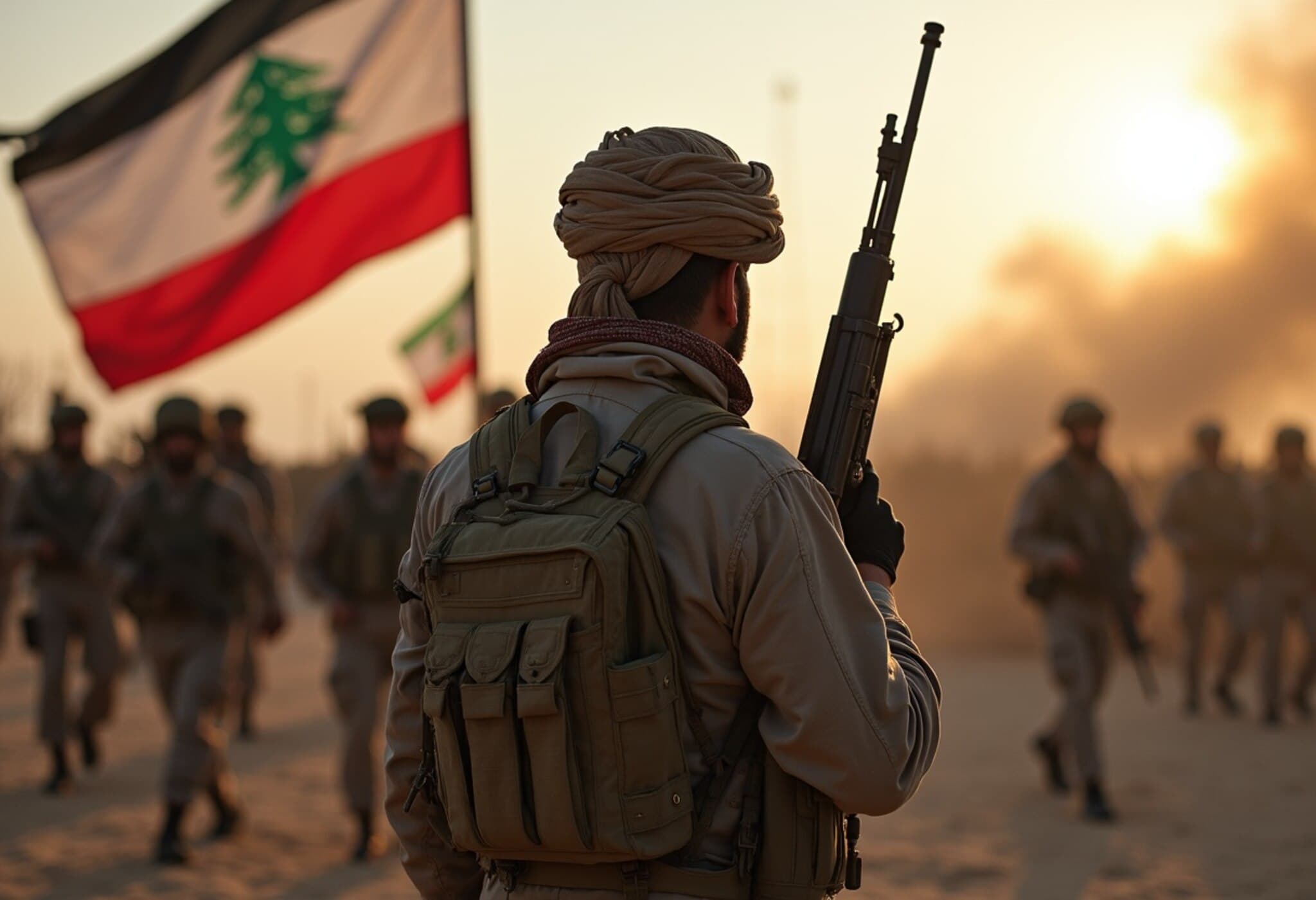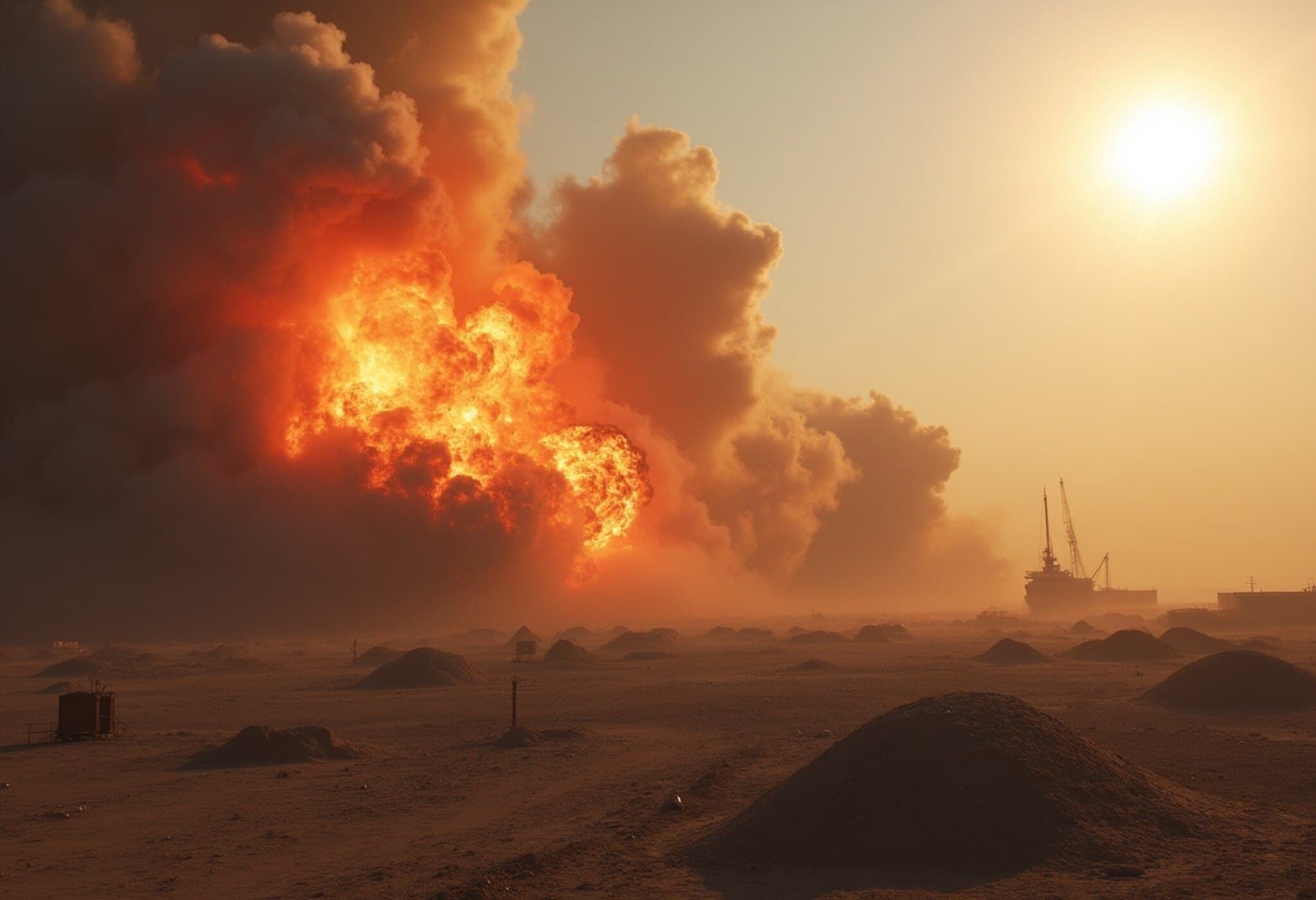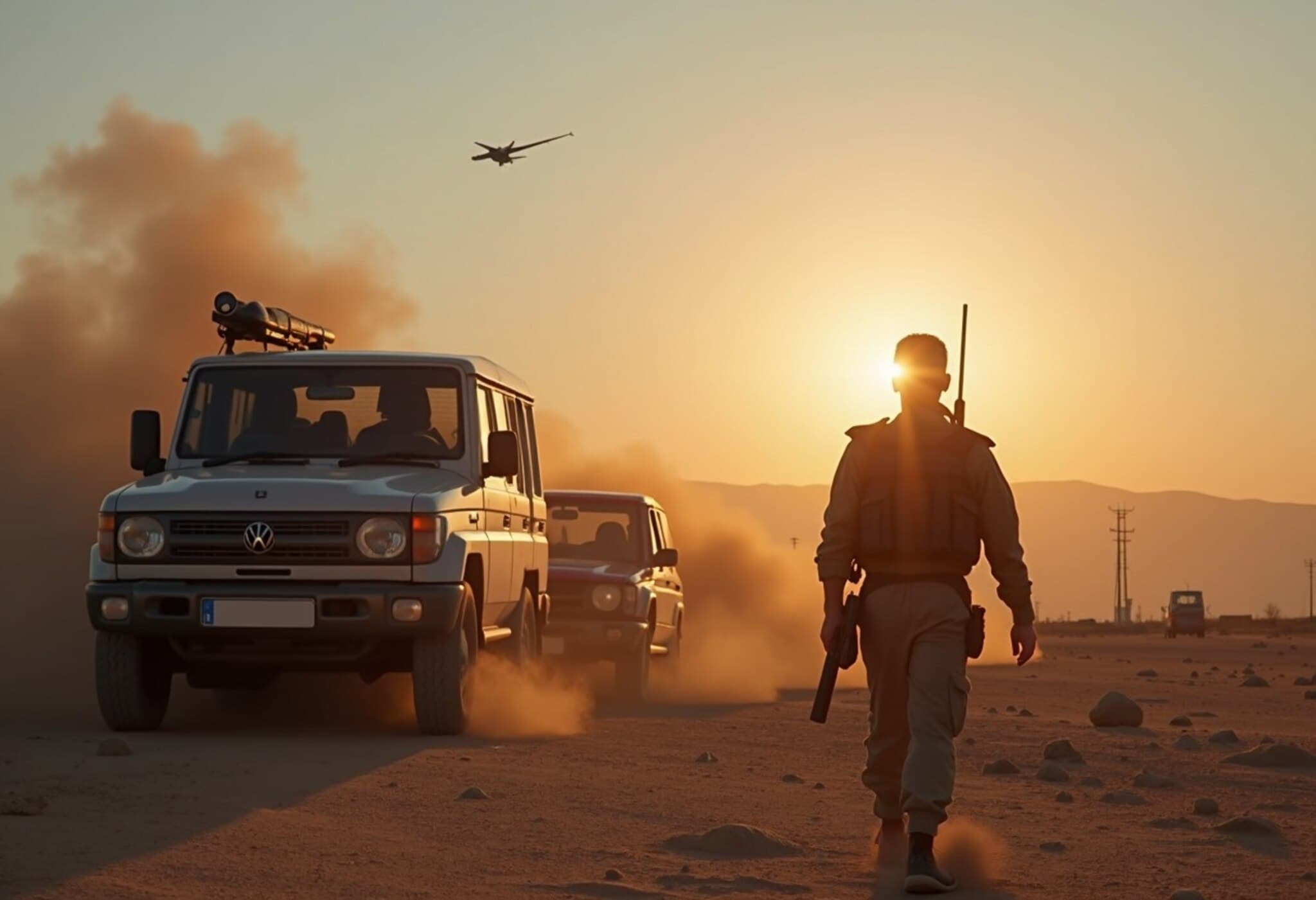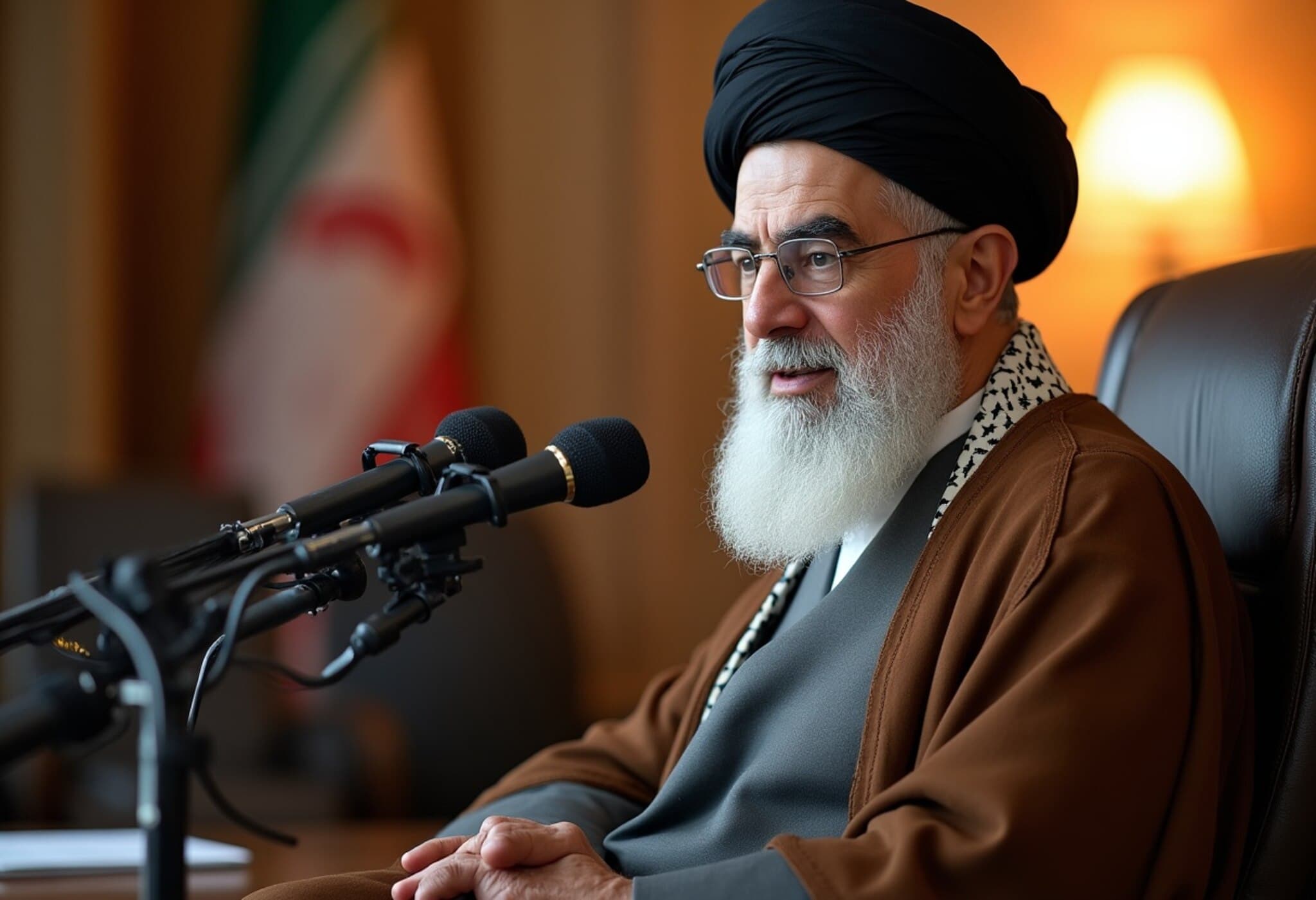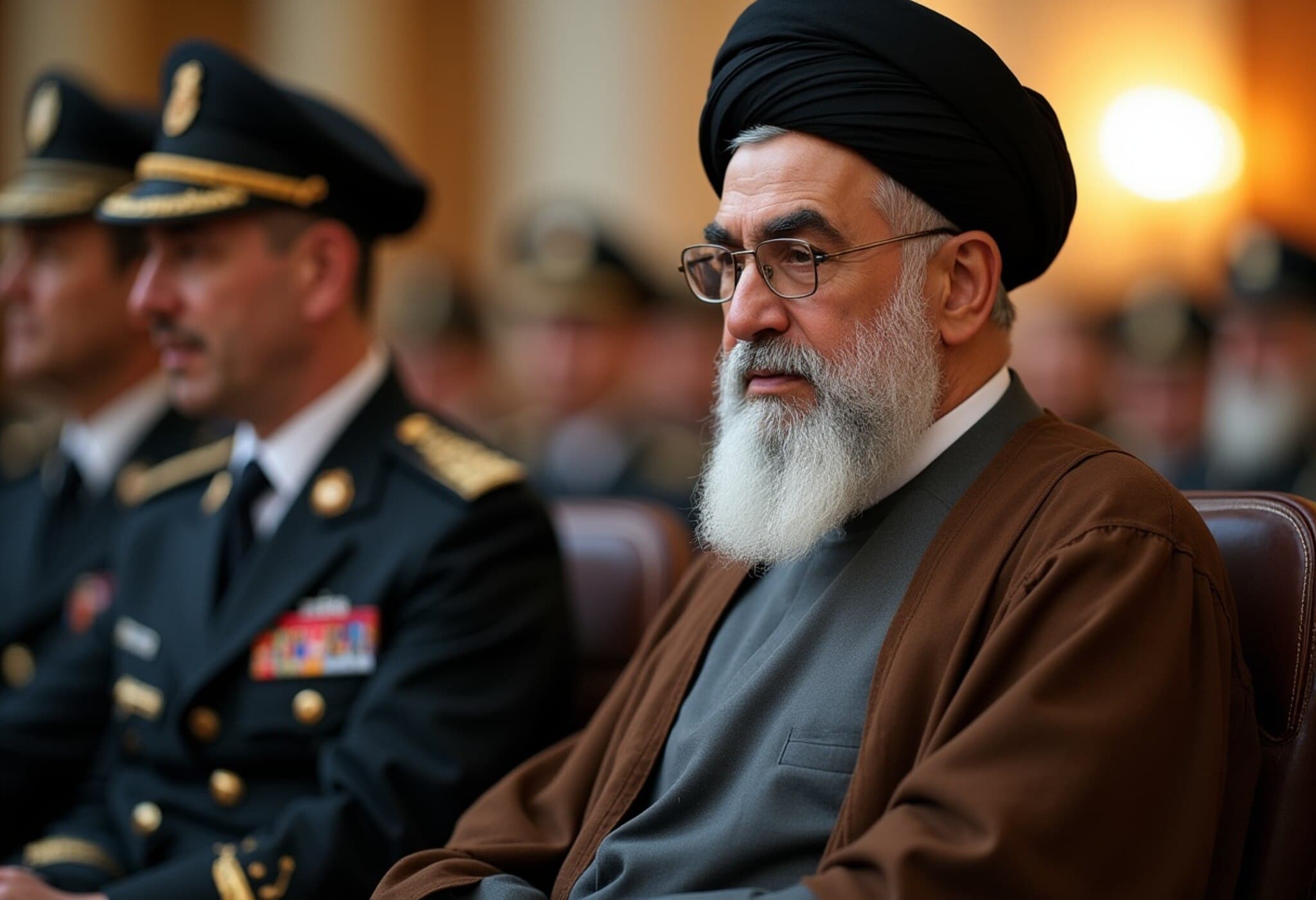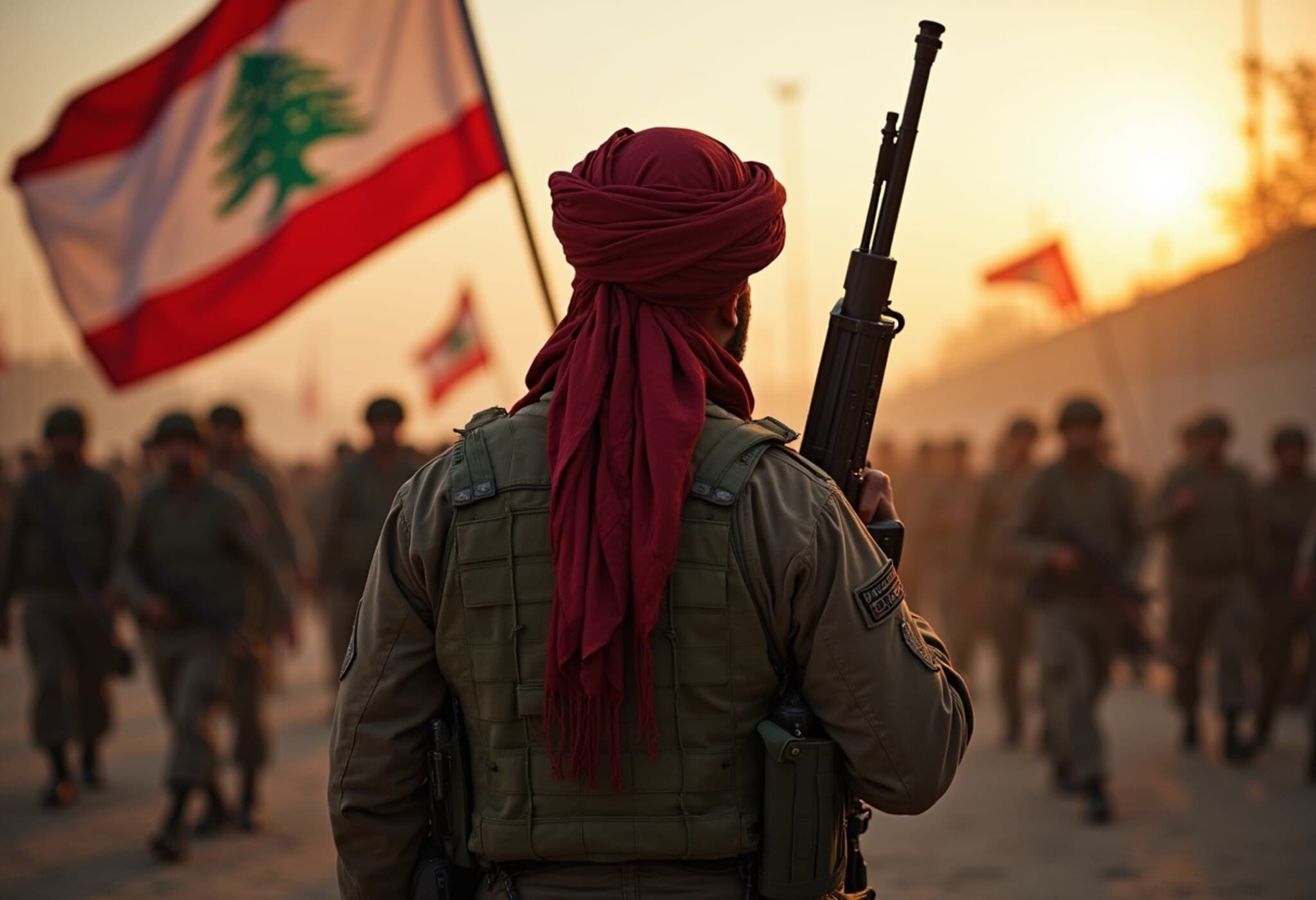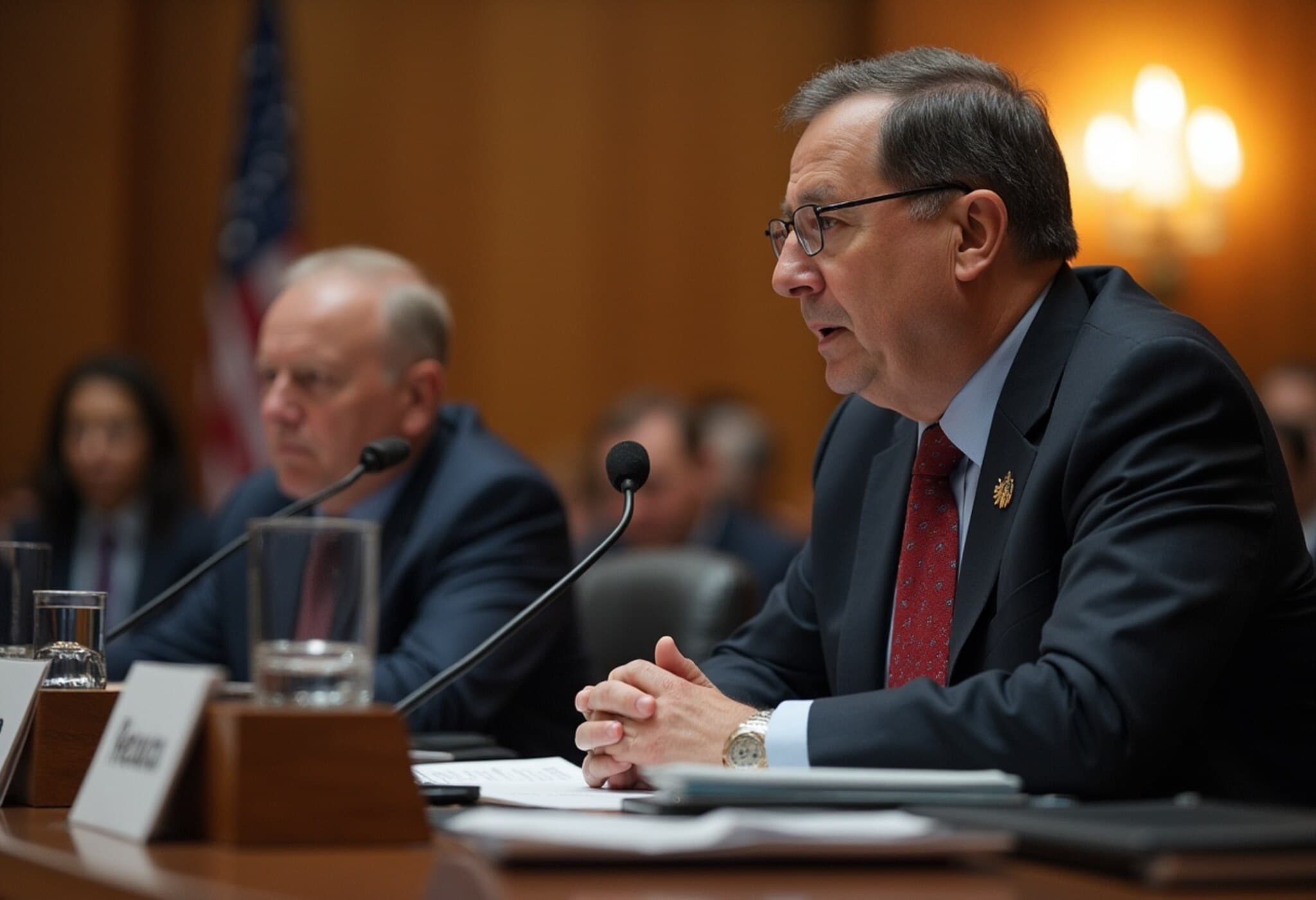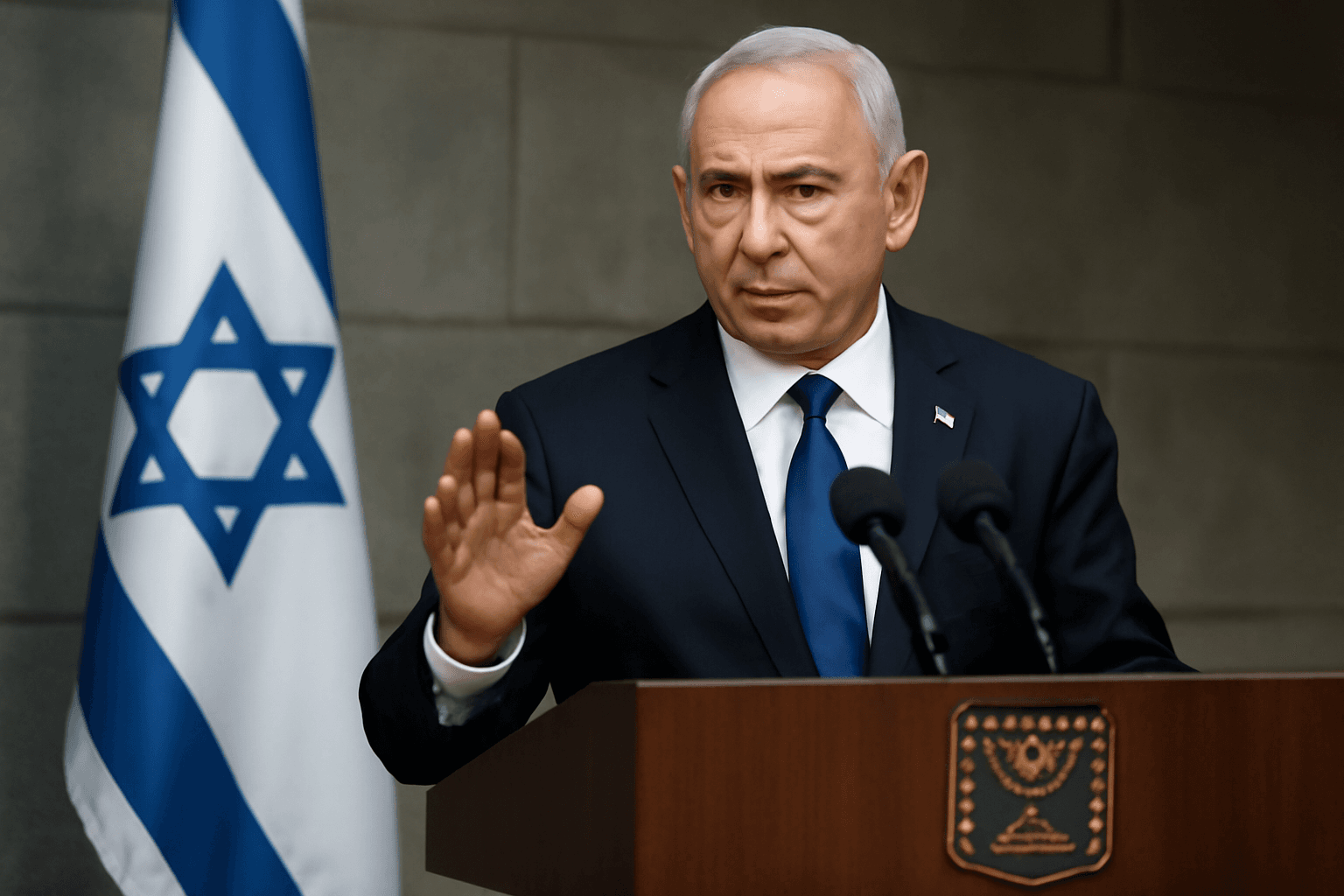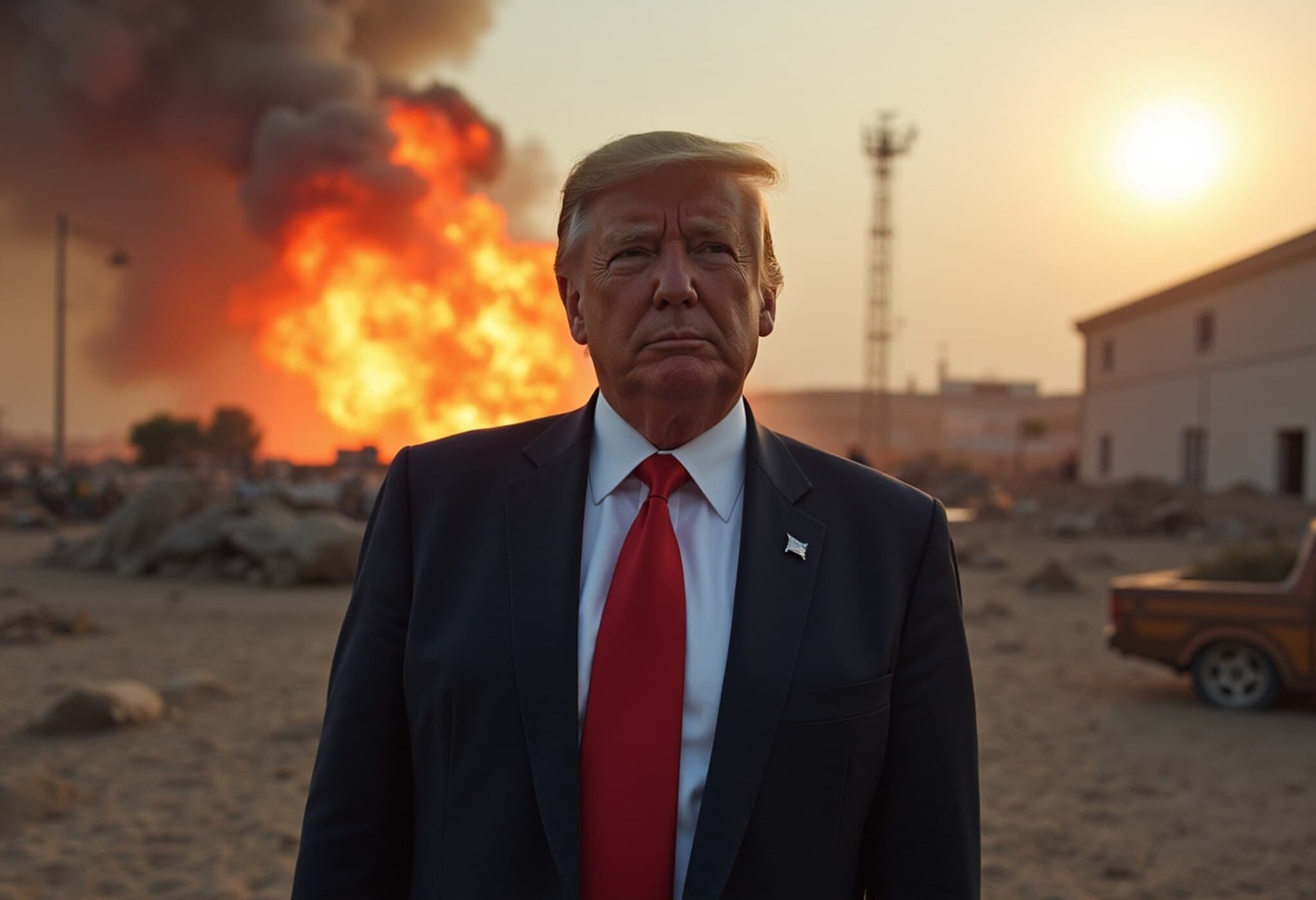How Iran's Proxy Wars and Regional Tensions Pushed It Close to a US Clash
Throughout the early 21st century, Iran has played a pivotal role in shaping the Middle East through a series of proxy wars and regional conflicts. From Iraq to Lebanon, Syria, Yemen, and Palestine, Tehran's influence has steadily expanded, often putting it at odds with the United States and its regional allies.
Iran’s Strategic Web of Proxy Engagements
Since the early 2000s, Iran has employed a combination of direct military involvement and proxy support to extend its ideological and geopolitical reach. This multilayered strategy aims primarily at countering US and Israeli influence while fostering a tight alliance of non-state actors, often dubbed the "Axis of Resistance."
Key Conflict Zones Where Iran’s Influence Runs Deep
Iraq: The Groundwork of Proxy Power
Following the 2003 US invasion of Iraq, Iran capitalized on the power vacuum to strengthen its grip by backing influential Shia militias such as Kata'ib Hezbollah and Asa'ib Ahl al-Haq. These groups, integrated into the Popular Mobilization Forces, not only played a crucial role in combating ISIS but also launched periodic assaults on US troops, utilizing rockets and drones supplied and trained by Iran's elite Quds Force. This ongoing friction prompted multiple US retaliatory strikes, underscoring Tehran’s persistent shadow presence in Iraq.
Syria: Cornerstone of Tehran’s Regional Corridor
Beginning in 2011, Iran dispatched Revolutionary Guard units and mobilized allied militias from Afghanistan, Pakistan, and Iraq to shore up Bashar al-Assad's embattled regime. Establishing military bases and securing supply chains through Syria, Iran facilitated the transfer of advanced weaponry to Hezbollah in Lebanon, effectively creating a strategic corridor. This presence, while crucial to Iran’s regional ambitions, turned Syria into a hotspot for Israeli airstrikes targeting weapon shipments and resulted in clashes with US forces operating in eastern Syria.
Lebanon: Hezbollah as Iran’s Premier Proxy
Hezbollah, forged by Iran in the 1980s, remains Tehran’s most formidable proxy. It wields significant political influence in Lebanon and commands a vast missile arsenal aimed at Israel. Iranian financial backing, weaponry, and strategic counsel have empowered Hezbollah to sustain constant pressure along the Israeli border. Since 2023, coordinated attacks with Gaza’s Hamas have intensified, with Hezbollah launching near-daily strikes on northern Israel.
Yemen: Support for the Houthis Amidst a Proxy War
Iran provides substantial support to Yemen’s Houthi rebels embroiled in conflict against a Saudi-led coalition. Though not under direct Iranian command, the Houthis receive weapons, missile parts, and drone technology from Tehran. Starting in late 2023, Houthi forces expanded their reach, targeting Israeli interests and commercial shipping lanes in the Red Sea, prompting retaliatory airstrikes by the US and UK.
Palestine: Bolstering Hamas and Palestinian Islamic Jihad
For years, Iran has funneled funding, arms, and training to Palestinian factions, primarily Hamas and Palestinian Islamic Jihad. Reports indicate Tehran was providing roughly $7 million per month to Hamas before the October 2023 escalation. Following Israel’s intensified military campaign in Gaza, Iran escalated support by supplying sophisticated rockets, guided missiles, drones, and anti-tank weapons, channeled via Syria, Lebanon, and underground tunnels. High-ranking Quds Force officers have managed these transfers, fueling ongoing conflict against Israel’s government.
The 2023-2025 Escalation and Near Confrontation
Since October 2023, Israel's airstrikes on Gaza have devastated civilian infrastructure, resulting in nearly 56,000 Palestinian casualties, including many women and children. In response, Iran launched missile and drone attacks targeting Israel directly for the first time in April 2024, following an Israeli strike on its Damascus consulate.
The conflict sharply escalated in June 2025 when Israel, citing concerns over Iran's advancing nuclear program, struck key Iranian nuclear facilities. The US joined forces with Israel to target these sites, prompting Iranian retaliatory missile attacks on Israeli cities including Tel Aviv and Jerusalem. Iran also struck a US military asset, marking its most direct confrontation with American forces.
This series of tit-for-tat attacks came amid reports suggesting a ceasefire agreement between Tehran and Tel Aviv, aiming to halt further airstrikes.
In Summary
Iran's strategy of leveraging proxy militias and regional allies has entrenched its influence across multiple hotspots in the Middle East. However, this approach has also brought the nation precariously close to direct military clashes with the United States and Israel. As tensions simmer, understanding the intricate web of Iran’s engagements is crucial to grasping the broader dynamics shaping Middle Eastern geopolitics today.

